In the realm of Norse mythology, there exists a complex and enigmatic figure known as Loki. Often regarded as both a trickster and a shape-shifter, Loki is a primary character in many tales that recount the adventures and misdeeds of the gods and goddesses of the Norse pantheon. With his origins rooted in both divine and monstrous lineage, Loki’s appearance and supernatural abilities have captivated the imaginations of storytellers for centuries. From his pranks and mischief to his transformations into various animals, Loki holds a prominent place in the intricate tapestry of Norse mythology. Join us as we delve into the fascinating world of this captivating character, exploring his tricks, symbolism, and ultimately, his role in the apocalyptic event known as Ragnarök.
Contents
- The Origins of Loki
- Loki’s Appearance and Abilities
- The Pranks and Mischief of Loki
- Loki’s Transformation into Animals
- The Symbolism of Loki’s Tricks and Transformations
- Loki’s Role in Ragnarök
- Conclusion
-
Frequently Asked Questions
- 1. Who are Loki’s parents?
- 2. Is Loki a god or a giant?
- 3. What is the meaning behind Loki’s name?
- 4. How does Loki challenge the established order?
- 5. Can Loki change his physical appearance?
- 6. What are some of Loki’s supernatural powers?
- 7. How does Loki’s relationship with the gods evolve over time?
- 8. What was Loki’s role in the theft of Mjölnir?
- 9. How did Loki contribute to the death of Baldr?
- 10. What is Loki’s role in Ragnarök?
- References
-
Frequently Asked Questions
- 1. Who is Loki in Norse mythology?
- 2. What are Loki’s physical appearance and abilities?
- 3. What are some of Loki’s famous pranks and mischief?
- 4. How does Loki transform into different animals?
- 5. What are the symbolic meanings behind Loki’s tricks and transformations?
- 6. What is Loki’s role in the Norse myth of Ragnarök?
- 7. How does Loki’s mischievous behavior affect Norse mythology?
- 8. What lessons can be learned from Loki’s pranks and tricks?
- 9. How is Loki portrayed in popular culture today?
- 10. Are there any other interesting relationships involving Loki?
- References
- Read More
The Origins of Loki
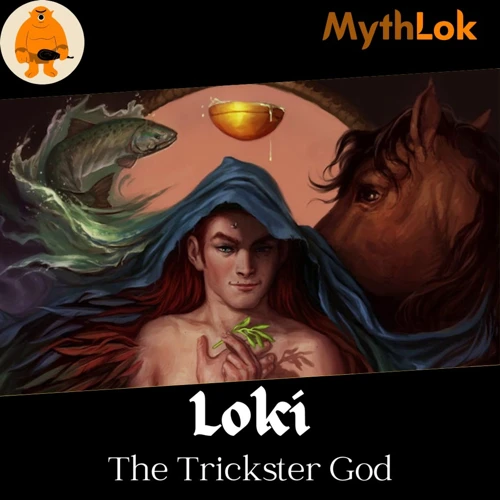
In order to understand the origins of Loki, we must explore his complex lineage that blends both divine and monstrous attributes. Loki is considered the son of two giants, Farbauti and Laufey, which makes him a Jotunn or a giant himself. However, he is also acknowledged as a blood brother to Odin, the All-Father of the gods. This peculiar relationship between Loki and the gods is a result of Odin’s search for allies among the giants. Loki’s dual nature as both a foe and a companion to the gods is reflected in his name, which is derived from the Old Norse word “lukka,” meaning both “lock” and “end.” This ambiguity suggests that Loki can be seen as both a bringer of chaos and a catalyst for change. The complex origins of Loki set the stage for his role as a trickster and shape-shifter in Norse mythology, where he challenges the established order and pushes boundaries.
Loki’s Appearance and Abilities
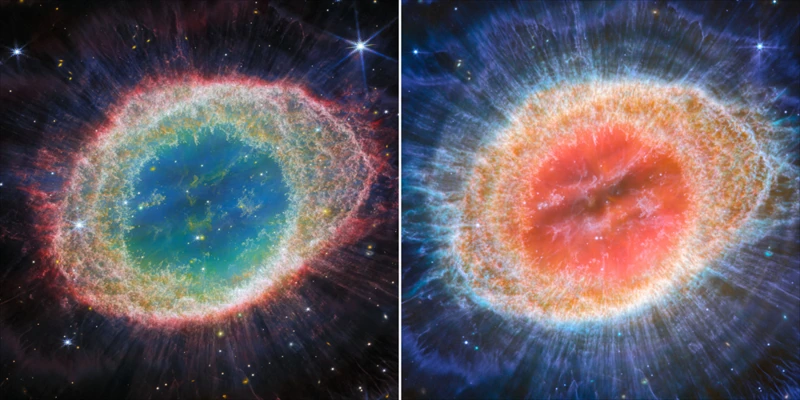
Loki’s Appearance and Abilities:
1. Physical Appearance: Loki is often depicted as an attractive and youthful figure, with a mischievous glint in his eye. He is described as having red or flame-colored hair, which adds to his distinctive appearance. His captivating appearance, coupled with his charismatic personality, allows him to easily deceive and manipulate others around him.
2. Shape-shifting Abilities: One of Loki’s most remarkable abilities is his skill to shape-shift into various forms. He can transform himself into any living creature, whether it be an animal, a human, or even an inanimate object. This power of metamorphosis allows him to navigate through different realms undetected and participate in devious schemes while assuming different identities.
3. Other Supernatural Powers: In addition to shape-shifting, Loki possesses several other supernatural abilities. He is known for his formidable intellect and quick wit, which aids him in his trickery and cunning schemes. Loki also has great agility and speed, enabling him to outmaneuver his adversaries. He has a heightened regenerative ability, allowing him to heal rapidly from injuries. These extraordinary powers, combined with his shape-shifting prowess, make Loki an unpredictable and formidable character in Norse mythology.
1. Physical Appearance
Loki’s physical appearance is often depicted as both captivating and elusive. While there are variations in the descriptions across different Norse texts, common attributes of Loki include his handsome features and mischievous gaze. He is often portrayed as having a slim and agile build, suggesting his ability to move swiftly and effortlessly. Loki’s fiery red or flame-like hair further accentuates his enchanting presence. Notably, Loki is not constrained by traditional gender norms and has been depicted in both male and female forms throughout Norse mythology. This fluidity adds to the intrigue and unpredictability surrounding Loki’s character. Whether appearing as a charismatic man or a alluring woman, Loki’s physical appearance reflects his nature as a shape-shifter and a being who defies categorization.
2. Shape-shifting Abilities
Loki is renowned for his remarkable shape-shifting abilities, which allow him to assume various forms and identities, often for mischievous purposes. His talent for transformation knows no bounds and enables him to navigate through different realms and deceive both gods and mortals alike. One of the most well-known instances of Loki’s shape-shifting prowess is his transformation into a mare, where he seduces and gives birth to Sleipnir, the eight-legged horse ridden by Odin. This demonstrates Loki’s ability to not only change his physical appearance but also to reproduce in different forms. Additionally, Loki has been known to transform himself into a fly to gain access to sensitive information or to tease and provoke others. This mastery of shape-shifting allows Loki to manipulate situations to his advantage, often sowing the seeds of chaos and furthering his own agenda. The extent of Loki’s shape-shifting abilities highlights his cunning nature and his significant role in Norse mythology.
3. Other Supernatural Powers
Loki possesses a diverse array of supernatural powers that add to his reputation as a formidable and unpredictable figure in Norse mythology. In addition to his shape-shifting abilities, Loki wields other remarkable powers that set him apart from both gods and giants. One of his notable abilities is his command over fire. This power allows him to generate and control flames, which he can use to his advantage in various situations. Loki also possesses tremendous wit and intelligence, enabling him to outsmart his adversaries and devise cunning strategies. This quick thinking and sharp intellect often aid him in his mischievous endeavors. Loki has been known to possess the power of illusion, enabling him to create lifelike mirages and deceiving those around him. This skill further enhances his trickster persona, as he effortlessly manipulates perception and reality. Combined with his shape-shifting abilities, Loki’s additional supernatural powers make him unparalleled in his ability to sow chaos and test the limitations of the gods.
The Pranks and Mischief of Loki
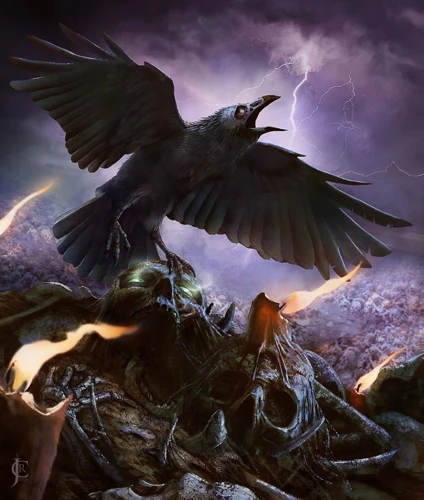
The pranks and mischief of Loki form a significant part of his mythological exploits. One notable instance of Loki’s trickery involves the theft of Mjölnir, the mighty hammer belonging to Thor, the god of thunder. As the story goes, Loki, known for his cunning and deceit, transforms himself into a fly and sneaks into Thor’s chamber. There, he causes a distraction and seizes the opportunity to snatch Mjölnir away, leaving Thor without his powerful weapon. This mischievous act showcases Loki’s ability to manipulate situations to his advantage, often leaving chaos and confusion in his wake. Another tale involving Loki centers around the death of Baldr, the beloved god of light and purity. Loki, consumed by jealousy and resentment, engineers Baldr’s demise by tricking Hodr, Baldr’s blind brother, into throwing a mistletoe dart that unknowingly becomes the instrument of Baldr’s death. This tragic event demonstrates Loki’s capacity for malevolence and the havoc he can wreak through his clever schemes. The intriguing relationships Loki forms further exemplify his propensity for mischief. For instance, Loki is depicted as both a companion and antagonist of the gods, often playing a central role in their struggles and conflicts. His ability to sow discord and stir up trouble makes him a formidable adversary and a catalyst for significant events in Norse mythology. Through his pranks and mischief, Loki challenges the established order, pushes boundaries, and ultimately shapes the destiny of the gods and their realm.
1. Loki and the Theft of Mjölnir
One of Loki’s most notorious pranks is his involvement in the theft of Mjölnir, the mighty hammer of Thor. This incident occurred when the mischievous god noticed an opportunity to cause chaos among the gods. Loki seized the moment and, taking advantage of Thor’s absence, devised a plan to steal Mjölnir and hide it. He transformed himself into a tiny fly and stealthily entered Thor’s chamber. Once inside, Loki used his cunning to navigate through the room undetected. He eventually found Mjölnir and, with his divine strength, lifted it and flew away. This act prompted panic among the gods, who relied on the hammer’s powers to protect Asgard from threats. The gods, fearing the consequences of Mjölnir’s absence, sought Loki’s help in locating it. Loki, reveling in his successful prank, eventually agreed but only under the condition that he marry the goddess Freyja. While this resulted in a series of comical events, Mjölnir was eventually recovered, thanks to the wit and persistence of Thor. The theft of Mjölnir showcases Loki’s cunning and his willingness to cause disruption among the gods. Despite the consequences, this act solidified Loki’s reputation as a trickster and highlighted his ability to manipulate situations to his advantage.
2. Loki’s Role in the Death of Baldr
In Norse mythology, one of the most significant events involving Loki is his role in the death of Baldr, the beloved god of light and beauty. Baldr’s demise was foretold by a prophetic dream, which sent his mother, Frigg, into a panic. Concerned for her son’s safety, she went to every being in the nine realms, extracting a promise from each one not to harm Baldr. However, Loki, always the trickster, discovered that mistletoe had been overlooked in Frigg’s quest for promises. Taking advantage of this loophole, Loki crafted a dart from mistletoe and gave it to Baldr’s blind brother, Hodr, to throw at the invincible god. The tragic result was Baldr’s death, plunging the realms into grief and despair. Loki’s devious actions in this tale demonstrate his role as a catalyst for tragedy and his willingness to challenge the established order. The story of Baldr’s death also highlights the complex interplay of fate and free will in Norse mythology, as Loki’s manipulation of events ultimately led to the fulfillment of the prophecy.
3. Loki’s Intriguing Relationships
Loki’s intriguing relationships often embody the complex dynamics of Norse mythology. One of his most notable connections is with his wife, Sigyn. Despite Loki’s penchant for mischief, Sigyn remains steadfastly loyal, standing by his side even in the face of adversity. Their union produces two sons, Narfi and Vali, who unfortunately suffer tragic fates as a result of Loki’s actions. Another significant association for Loki is with his blood brother, Odin. As blood brothers, Loki and Odin share a deep bond, marked by both loyalty and rivalry. Their relationship is characterized by a delicate balance of trust and mistrust, as Loki’s cunning nature often puts him at odds with Odin’s pursuit of order and stability. Additionally, Loki’s interactions with other gods and goddesses, such as Thor and Freya, often lead to intense and unpredictable outcomes. These intricate and multifaceted relationships add depth to Loki’s character and contribute to the complexity of his role in Norse mythology.
Loki’s Transformation into Animals
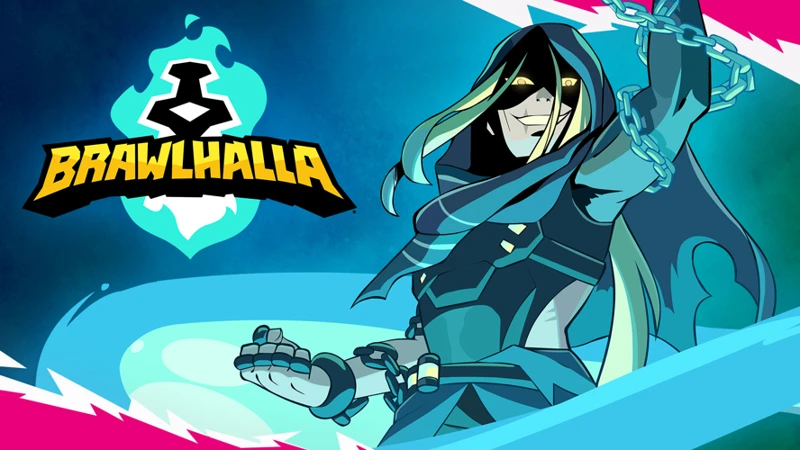
Loki’s ability to transform into various animals is a testament to his shape-shifting prowess. One notable transformation is when Loki turned into a salmon. This happened when he found himself in a life-threatening situation after a series of mischievous acts. To evade capture, Loki leaped into a river and transformed into a swift and slippery salmon. However, despite his cunning, he was eventually caught by the god Thor using a specially crafted net. This incident showcases Loki’s resourcefulness and his knack for eluding consequences.
Another intriguing transformation of Loki is when he disguised himself as a mare. This remarkable event occurred when the gods found themselves in a precarious situation, needing to stall a giant’s horse from completing a monumental task. In a daring move, Loki transformed into a mare and seduced the giant’s horse, leading to a delay in the completion of the task. This transformation demonstrates Loki’s wit and his willingness to go to great lengths to aid the gods, albeit in his mischievous ways.
Loki’s ability to transform into animals not only serves as a means of escape or assistance but also reflects his fluid nature and adaptability. By embodying different creatures, he embodies the very essence of change and transformation. These animal transformations also highlight Loki’s unpredictability, as he can shift his form at will, making it difficult for those around him to anticipate his next move. Loki’s transformations into animals enhance his trickster persona and contribute to the captivating allure of his character in Norse mythology.
1. Loki as a Salmon
In Norse mythology, Loki’s ability to shape-shift allows him to transform into various animals, and one notable transformation is that of a salmon. The story goes that during the gods’ game of tug-of-war with the enormous serpent Jormungandr, Loki was assigned the task of holding onto the end of a fishing net. However, he grew tired and, fearing for his own safety, decided to transform himself into a salmon and leap into the river. Loki’s cunning plan allowed him to escape the wrath of the serpent as it thrashed in the water. This transformation showcases Loki’s resourcefulness and quick thinking in precarious situations. By assuming the form of a salmon, Loki demonstrates his adeptness at adapting to his surroundings, outsmarting his adversaries and staying one step ahead. This tale also highlights Loki’s elusive nature, as he is able to slip away undetected like the slippery fish swimming against the current. The symbolism of Loki as a salmon emphasizes his ability to navigate treacherous waters and evade capture, as well as his fluidity and unpredictability. This transformation adds another layer to Loki’s multi-faceted character, showcasing his cunning and strategic maneuvers in the face of danger.
2. Loki as a Mare
In one particular tale from Norse mythology, Loki’s shape-shifting abilities come to the forefront as he transforms into a mare. This transformation occurs when Loki helps the gods in a daring quest to retrieve the stolen hammer of Thor, Mjölnir, from the giant Thrymr. To distract Thrymr and keep him from suspecting the gods’ true intentions, Loki transforms himself into a stunning mare. In this form, Loki parades before Thrymr, enticing him with the prospect of acquiring a powerful stallion as a bride price for Mjölnir. Loki’s transformation is not merely a superficial disguise; it is complete with physical attributes, strong muscles, and a flowing mane. As the story goes, Loki’s efforts successfully divert Thrymr’s attention, ultimately leading to the recovery of Mjölnir and the defeat of the giant. This transformation into a mare showcases Loki’s cunning nature and showcases his willingness to take on any form necessary to achieve his goals. The tale serves as a testament to Loki’s shape-shifting abilities and highlights the role he plays in aiding the gods through his trickery and guile.
The Symbolism of Loki’s Tricks and Transformations
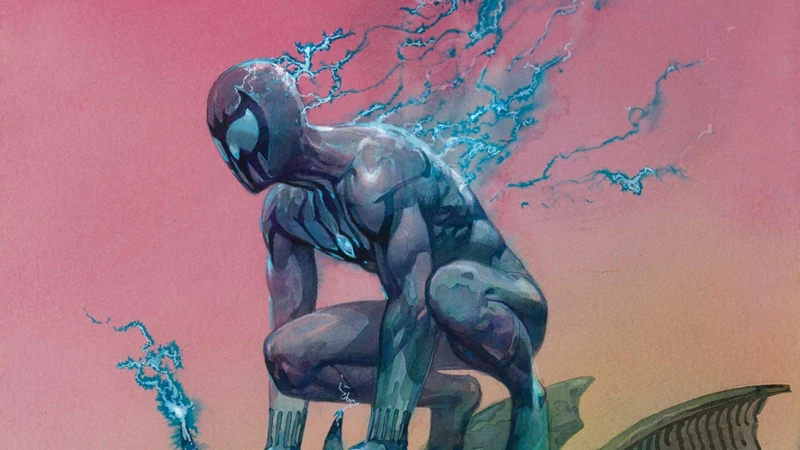
The tricks and transformations of Loki hold deep symbolism within Norse mythology. One of the key aspects of Loki’s pranks is the element of chaos and disorder they introduce into the otherwise structured and ordered world of the gods. Loki’s unpredictable and disruptive nature serves as a reminder that not everything can be controlled or predicted. His shape-shifting abilities further underscore this symbolism, as they represent the fluidity and malleability of existence. By assuming different forms and identities, Loki challenges the notion of fixed boundaries and highlights the ever-changing nature of life. His transformative nature also alludes to the concept of personal growth and self-discovery, as Loki explores different aspects of his own identity through his various disguises and animal transformations. Additionally, Loki’s tricks and transformations often carry moral lessons. They remind us to question authority, challenge societal norms, and consider the consequences of our actions. These mischievous deeds and shape-shifting adventures inspire introspection and encourage individuals to embrace their own capacity for change and adaptation. In this way, Loki’s tricks and transformations serve as a reflection of the human experience itself, with all its intricacies and complexities.
1. Chaos and Disorder
In Norse mythology, Loki’s association with chaos and disorder is a central theme that runs throughout his stories. As a trickster, Loki often disrupts the order of things, challenging the established norms and causing mischief among the gods and goddesses. One of his most notorious acts of chaos was his role in the death of Baldr, the beloved son of Odin and Frigg. Loki’s jealousy and cunning led him to trick Baldr’s blind brother, Hodr, into unknowingly killing him with a mistletoe arrow. This act of betrayal plunged the realms into mourning and marked the beginning of the end, foreshadowing the impending Ragnarök. Loki’s pranks and deceptions also extend beyond the divine realm. In one tale, he cleverly outwits the giant Thialfi in a race, showcasing his wit and cunning. These instances of chaos and disorder are seen as reflections of Loki’s inherent nature, challenging the notion of stability and order within the Norse mythological universe. Whether through his mischievous acts or his disruptive presence, Loki embodies the unpredictable nature of chaos and serves as a reminder that even the mightiest of gods are not immune to the capricious whims of fate.
2. Lessons and Morality
In Norse mythology, the tricks and transformations of Loki serve as cautionary tales and sources of moral lessons. While Loki’s pranks often disrupt the stability of the divine realm, they also reveal deeper truths about the nature of the gods and the consequences of their actions. One such example is Loki’s role in the death of Baldr, the beloved son of Odin. Loki’s jealousy and mischievous nature led him to orchestrate Baldr’s demise, thereby introducing the concept of betrayal and the frailty of divine protection. This tragic event serves as a reminder of the delicate balance between order and chaos, emphasizing the importance of trust and truthfulness. Additionally, the fate of Loki himself demonstrates the ultimate consequences of his actions. As a result of his misdeeds and betrayal of the gods, Loki is bound until the onset of Ragnarök, the apocalyptic event that signifies the end and rebirth of the world. The moral lessons embedded within Loki’s pranks remind us of the significance of integrity, loyalty, and the responsibility that comes with wielding power. It is through these tales that we gain a deeper understanding of the moral complexities portrayed in Norse mythology.
Loki’s Role in Ragnarök
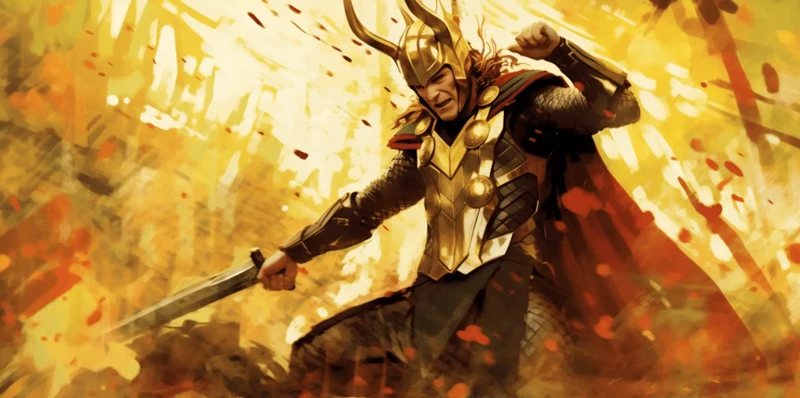
Loki’s role in Ragnarök, the fateful event that marks the end of the world in Norse mythology, is both significant and complex. According to the prophecies, Loki plays a central part in bringing about the destruction of the gods and the collapse of the cosmos. He is said to break free from his captivity and join forces with the Jotnar, the giants, in a bid to overthrow the gods in the final battle. Loki’s motivations for his betrayal vary in different accounts, but his actions ultimately lead to chaos and devastation. One of his key contributions to Ragnarök is the release of the monstrous wolf Fenrir, who ravages the land and engulfs the sun. Additionally, Loki himself engages in a fierce battle with Heimdall, the guardian of Bifröst, the rainbow bridge that connects the realms. Their conflict results in the mutual demise of both opponents. While Loki’s role in Ragnarök is unquestionably destructive, some interpretations suggest that it is also a necessary part of the cycle of renewal and rebirth in Norse mythology. As the old world perishes, a new one emerges from the ashes, echoing the cyclical nature of existence. The intricacies of Loki’s role in Ragnarök highlight his status as a complex and multifaceted figure, embodying both chaos and transformation within the Norse mythological framework.
Conclusion
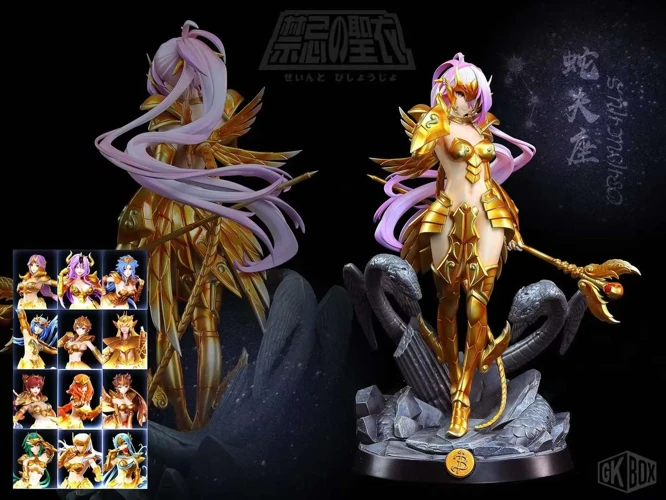
In conclusion, Loki’s character in Norse mythology is a multifaceted and intriguing one. As the trickster and shape-shifter, he embodies chaos and unpredictability, challenging the established order of the gods. Loki’s origins as a mix of giant and god, as well as his complex relationships with both, contribute to his dualistic nature. His pranks and mischief, such as the theft of Mjölnir and his role in the death of Baldr, showcase his disruptive and sometimes malevolent nature. However, Loki’s transformations into various animals also symbolize the transformative power of change and the fluidity of identity. Ultimately, Loki’s role in the cataclysmic events of Ragnarök highlights his significance as a catalyst for change and renewal within the Norse pantheon. Through his tales, we can explore themes of morality, the consequences of actions, and the ever-present balance between order and chaos. Loki remains a captivating figure whose tricks and transformations continue to fascinate and inspire both scholars and enthusiasts of Norse mythology.
Frequently Asked Questions

1. Who are Loki’s parents?
Loki is the son of Farbauti and Laufey, both of whom were giants in Norse mythology.
2. Is Loki a god or a giant?
Loki is considered both a giant and a companion to the gods. His dual nature and complex lineage blur the line between the two.
3. What is the meaning behind Loki’s name?
Loki’s name is derived from the Old Norse word “lukka,” which can mean both “lock” and “end.” This reflects his role as a bringer of chaos and change in Norse mythology.
4. How does Loki challenge the established order?
Loki challenges the established order by using his trickster nature to disrupt the plans of the gods and goddesses, often causing chaos and mischief in the process.
5. Can Loki change his physical appearance?
Yes, Loki possesses the ability to shape-shift, allowing him to assume different forms and alter his physical appearance.
6. What are some of Loki’s supernatural powers?
In addition to shape-shifting, Loki is known for his cunning intelligence, his ability to manipulate others, and his expertise in trickery and deception.
7. How does Loki’s relationship with the gods evolve over time?
Loki’s relationship with the gods is complex and evolves over time. Initially, he is a trusted companion, but his pranks and mischief often lead to tension and conflict as his actions become more disruptive.
8. What was Loki’s role in the theft of Mjölnir?
Loki played a pivotal role in the theft of Mjölnir, Thor’s mighty hammer. He persuaded a giant to steal the hammer, which caused uproar among the gods and brought about a dangerous quest to retrieve it.
9. How did Loki contribute to the death of Baldr?
Loki orchestrated the death of Baldr, the beloved son of Odin and Frigg. Taking advantage of Baldr’s invulnerability, Loki tricked Hodr, Baldr’s blind brother, into unwittingly throwing a spear made of mistletoe, the one object that could harm Baldr.
10. What is Loki’s role in Ragnarök?
Loki plays a significant role in Ragnarök, the apocalyptic event in Norse mythology. He leads an army of giants against the gods, representing chaos and destruction in the final battle.
References
Frequently Asked Questions

1. Who is Loki in Norse mythology?
Loki is a mischievous and cunning trickster figure in Norse mythology. He is known for his shape-shifting abilities, his cunning nature, and his involvement in various pranks and adventures.
2. What are Loki’s physical appearance and abilities?
Loki is depicted as a handsome and youthful male deity with red hair. He possesses a number of supernatural powers, including shape-shifting abilities, the power of persuasion, and the ability to manipulate fire.
3. What are some of Loki’s famous pranks and mischief?
Loki is infamous for his involvement in various mischievous acts. He is known for stealing Thor’s mighty hammer, Mjölnir, and for his role in the death of the beloved god Baldr. Loki’s pranks often lead to chaos and interesting consequences.
4. How does Loki transform into different animals?
Loki is a skilled shape-shifter who can transform into various animals. He has been depicted as transforming into a salmon, a mare, a fly, and even a woman at times. These transformations allow him to navigate and deceive his enemies.
5. What are the symbolic meanings behind Loki’s tricks and transformations?
Loki’s tricks and transformations hold deeper symbolic meanings in Norse mythology. They are often associated with chaos, disorder, and the disruption of societal norms. Loki’s actions serve as a reminder of the unpredictable nature of life.
6. What is Loki’s role in the Norse myth of Ragnarök?
In the myth of Ragnarök, Loki plays a significant role as both a catalyst and a combatant. He is responsible for instigating the events that lead to the final battle between the gods and the forces of chaos. Loki fights against the gods, ultimately leading to his own downfall.
7. How does Loki’s mischievous behavior affect Norse mythology?
Loki’s mischievous behavior often creates tension and conflict among the gods, leading to significant events within Norse mythology. His actions test the gods’ abilities and reveal their weaknesses, ultimately shaping the fate of the Norse cosmos.
8. What lessons can be learned from Loki’s pranks and tricks?
Loki’s pranks and tricks serve as cautionary tales within Norse mythology. They highlight the consequences of deceit, betrayal, and uncontrolled chaos. These stories remind us of the importance of integrity, trust, and the balance between order and chaos.
9. How is Loki portrayed in popular culture today?
Loki continues to be a popular figure in modern culture, appearing in various forms of media such as movies, TV shows, and literature. He is often portrayed as a complex and charismatic character, reflecting the enduring fascination with his mischievous nature.
10. Are there any other interesting relationships involving Loki?
Apart from his well-known connections with Thor and Odin, Loki’s relationships with other mythical beings add further intrigue to his character. One notable relationship is his bond with the giantess Angrboða, with whom he has three monstrous children—the wolf Fenrir, the serpent Jörmungandr, and the half-dead, half-living Hel.
References
- Loki the Trickster: Unraveling the Mischief and Magic
- Loki: The Norse Trickster – Dwayne Wong (Omowale) – Medium







